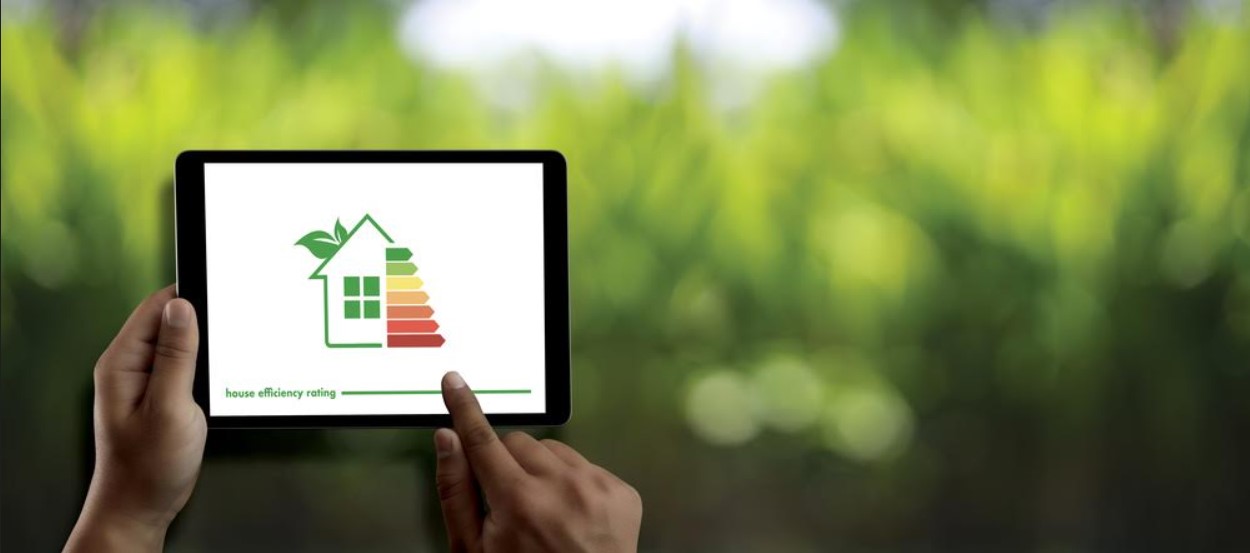
There is a misconception around when it comes to what a smart home actually is and how you go about “getting” one. This is that a smart home is a one-off purchase. That is not how it works. A smart home is a process, the gradual building up of different smart devices and appliances, and the linking together with a smart hub utilizing Internet of Things (IoT) technology.
True, the most well off among us can probably afford to kit out their home with a plethora of smart technology in one fell swoop. That costs a lot though, and it isn’t really an option for most people. Certainly, if you are looking to create a smart home it usually goes one purchase at a time.
For example, you might find yourself investing in a smart fridge, the type of fridge that can alert you when it’s getting empty and even allow you to control its temperature remotely. That would be a big purchase. A more affordable one might be the USB AAA rechargeable smart batteries produced by Pale Blue Earth. These replace the traditional household AA and AAA batteries, and they last much longer and can report their charge or power status to the user as well.
And there are many more such investments, big and small, that you can make to create a smart home – or even just to begin the process of creating a smart home. Moreover, for those right at the outset of this process – and with so much choice available – the question might be: “where do I start?”.
A Smart Home for Beginners
The way to create a smart home can naturally vary. Of course, the process will depend heavily on what type of home you have and, of course, your budget. That is certainly something to bear in mind, but it is also possible to identify some of the most affordable smart products to begin with.
One thing to stress though is that it’s certainly in your interest to make your home smarter, and it can even work out cheaper in the long run. Much smart technology is based on saving energy, either by being more energy efficient or by allowing automation to control how much energy is used and when. With some judicious investment, the savings made here could end up having the technology pay for itself.
Some Tips
With that in mind then, here follows some tips for getting started on the gradual process of creating a smart home.
Begin With Small Investments
A smart home isn’t a smart home unless the smart devices therein are linked together – but they need to be there in the first place. It is wise to begin with the small things, like the aforementioned smart batteries, and then look to creating a smart IoT hub once you have enough of them.
Or Don’t…
Alternatively, you can do it the other way too. Invest in a digital assistant or smart hub right away. This can be pricey, but you’ll know what devices to purchase afterwards – specifically the ones that can be linked together with the hub.
Pay Attention to Your Internet Plan
The more devices you have linked in your home, the better internet speed you will require to make it all work. You can run a speed test on your existing internet plan in order to see how much smart technology it can currently support.
This advice is pretty general, and you always need to consider your own needs and preferences. Nevertheless, following the above tips is likely to be a great place to start – and it’s touch and go from there.
